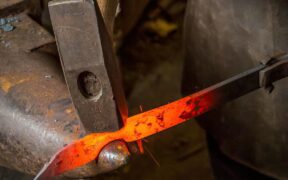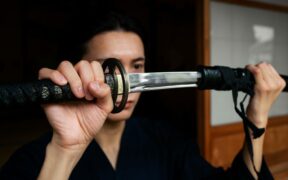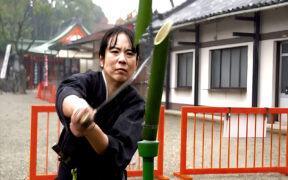Our content features commercial links to our products, committed to transparent, unbiased, and informed editorial recommendations. Learn More
What is a Battle Ready Sword and How to Spot One?
NO AI USED This Article has been written and edited by our team with no help of the AI
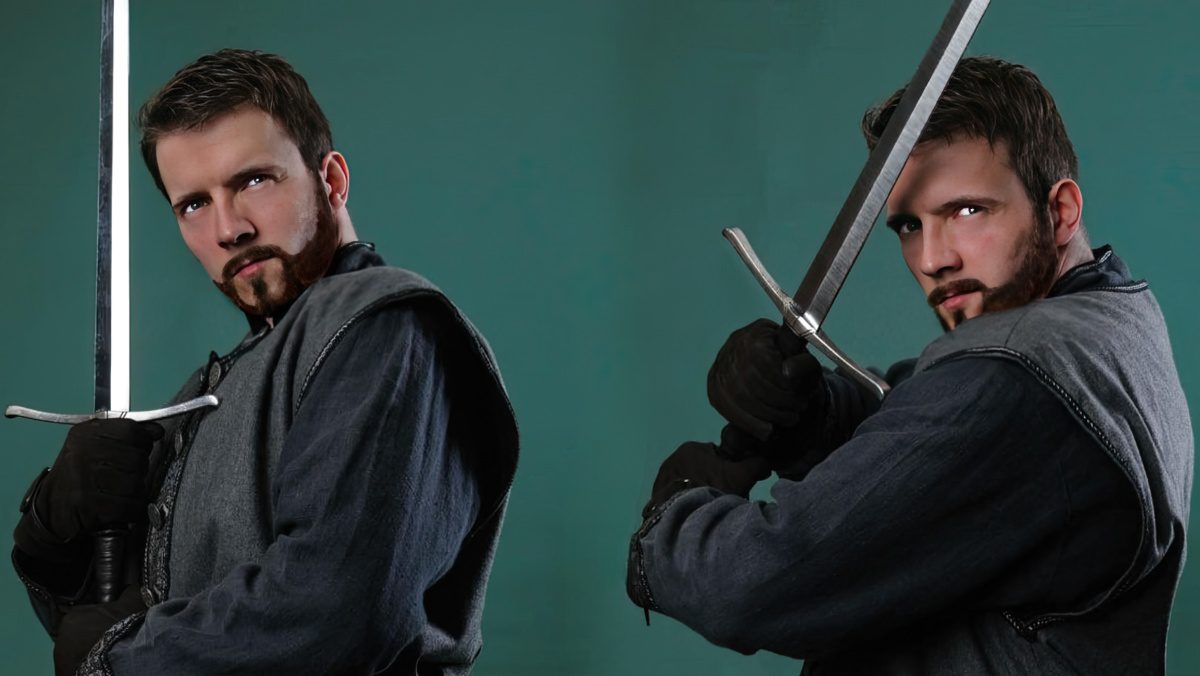
In the world of swords, the phrase battle-ready is often used, but it’s not always clear what it means. Many sword fans may think battle-ready swords are made to be used in real battles, with sharp points, strong material, and historical designs. But the term is often used for marketing and helping outsell low-quality swords.
This lack of clarification can make it hard for people who want to buy a sword to figure out if it is really battle-ready or just being sold as such for marketing reasons. In this article, we will dive in and reveal what battle-ready means. We will review the most popular cases of this term being used and give you some tips when looking for a high-quality battle-ready sword.
What is a Battle Ready Sword?
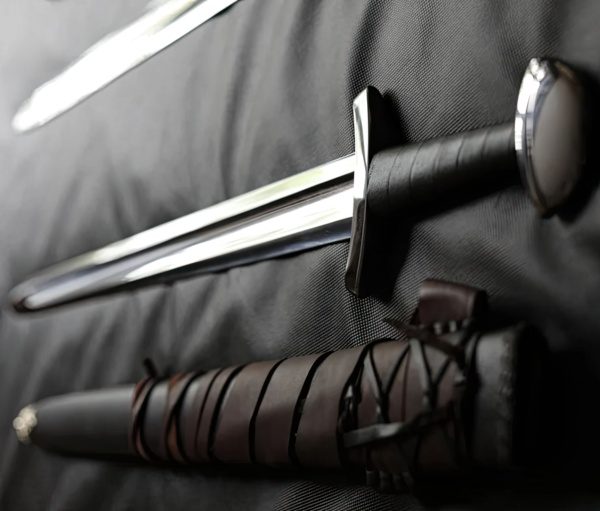
Battle-ready swords are constructed to a greater degree and are different than decorative blades. Carbon, tool, or spring, as opposed to stainless steel’s increased fragility, is typically used for the blades, as is a longer and stronger tang. Swords labeled battle-ready are generally well-made and durable enough for combat.
Battle-ready does not, however, imply invulnerability. It is possible to blunt even the sharpest sword, so being practical with your swordplay is necessary. Just because a sword is labeled battle-ready doesn’t mean it can take any beating you can dish out. Battle-ready swords in fighting conditions are made for cutting and slashing, not dueling.
It is possible to transform any sword, from the shortest Khukri to the largest Zweihander, into a functional and battle-ready weapon. Despite this, the Longsword, Arming sword, Katana, Cutlass, and Viking sword, are among the most well-liked varieties of battle-ready swords because they were employed in battle-like situations.
Marketing Term
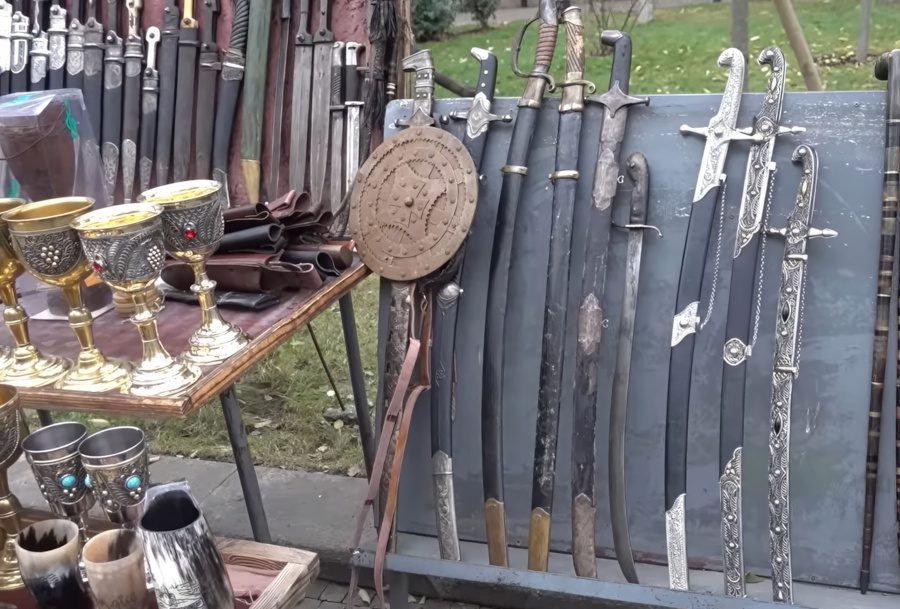
The term battle-ready is often used for marketing swords that are made to be used in battle. By using this term, makers, and sellers of swords can give their products a feeling of authenticity and legitimacy, which may appeal to buyers who want swords that are not just for looks but can also be used for slashing things.
But it’s important to remember that not all swords sold as battle-ready are of the best quality or can be used in real battles. Some sword makers may use the term battle-ready to sell cheaper swords that aren’t made to handle the stresses of battle. In these situations, the phrase battle-ready is more of an advertising phrase than an accurate description of what the sword can do.
It’s important to look into and choose the best steel for swords. You should also only buy a sword after researching the swordsmiths you want to buy it from. Steel alone is not enough to make a battle-ready sword, as proper heat treatment is crucial. We have also seen battle-ready written on stainless or Damascus steel swords that were meant to be decorations.
Higher Standard than Average
A sword that says battle ready is often thought to have an excellent blade and be the best sword the manufacturer has to offer. This means that it should be made with high-quality materials, like high-carbon AISI 1050 or 1070, or AISI 5160, that have been properly heat-treated. It should be flexible and strong enough to survive combat without much damage.
Battle-ready swords require a higher level of craftsmanship and attention to detail, leading to a higher price, some starting at $400 and higher. These are some of the factors that go into play when talking about a high-quality battle-ready sword.
- Hand Forged – The sword with a steel blade will most likely be hand forged and created upon ordering to offer the best possible quality.
- Durability – The sword needs to be sturdy enough to take a beating without bending or breaking.
- Sharpness – The sword should have little trouble slicing through various materials, including leather, cloth, and flesh (historically).
- Balance – The sword’s center of gravity needs to be in the right spot, depending on the type of sword, for comfortable and proper swinging and handling.
- Weight – The sword’s weight must be manageable without compromising its strength and potency in combat.
- Materials – The sword needs to be sturdy, long-lasting, and effective, so it needs to be forged from metals like carbon steel, high-carbon steel, spring steel, and tool steel.
- Design – The sword must be designed with battle in mind, with every part of the sword (blade, guard, handle, pommel) contributing to the overall effectiveness of the weapon.
Functional Swords
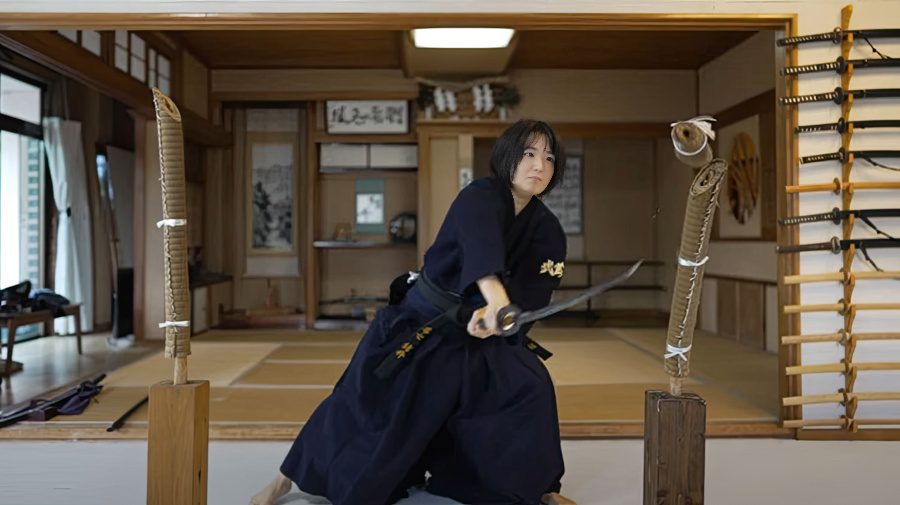
Functional swords can sometimes mean the same thing as battle-ready, meaning the blades of these swords can be used, to cut, slash, and thrust. This term can be confusing because there are fantasy swords that function very well and have tempered and sharpened steel edges.
This term is more accurate than battle-ready, and many sword shops are beginning to use it to tell the difference between swords that can cut and slash and those that are only for decoration. Any kind of sword can be made functional and used for battle, including long, thin Rapiers, curved sabers, and big two-handed swords like the Claymore.
Historical, Real, and War Swords
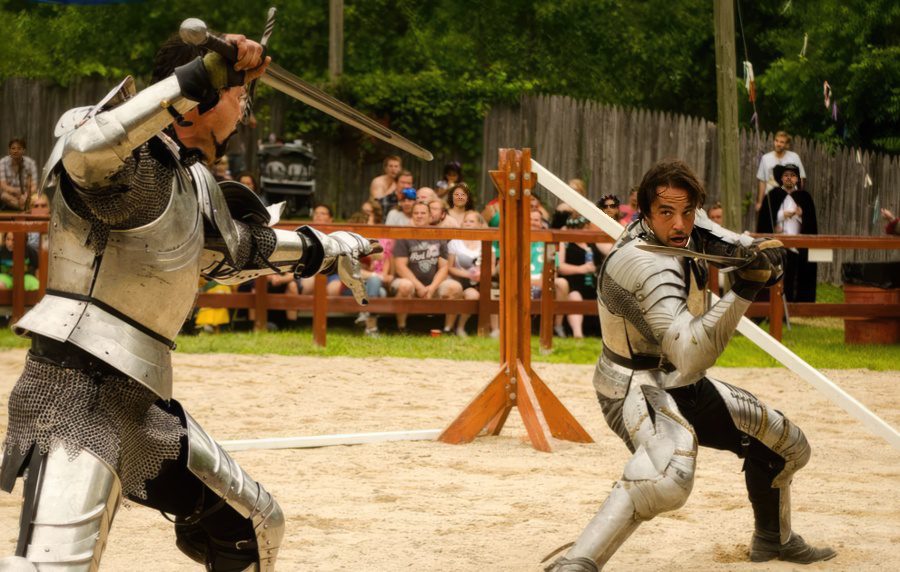
Swords that are referred to as battle-ready, are sometimes called historical or real swords. This mostly refers to blades from history that were sharpened and used in real fights, warfare, or martial arts. Examples of these blades would be medieval swords, Roman gladiator swords, and Japanese samurai swords.
Trying to explain a battle-ready sword can be misleading because swords from the Middle Ages or Japanese swords can be made out of stainless steel, mainly for decorative purposes. It is very important that these historical battle-ready swords are made out of carbon steel so they can be used for the same effective cutting context as they were in the past.
War sword is a rare term that usually explains war-like blades like Ninja swords, Crusader or Templar swords, large Scottish or small Gladius swords. When a sword will be used in war it should be battle-ready or sharpened and ready for cutting and slashing.
Difference between a Battle Ready and Display Sword
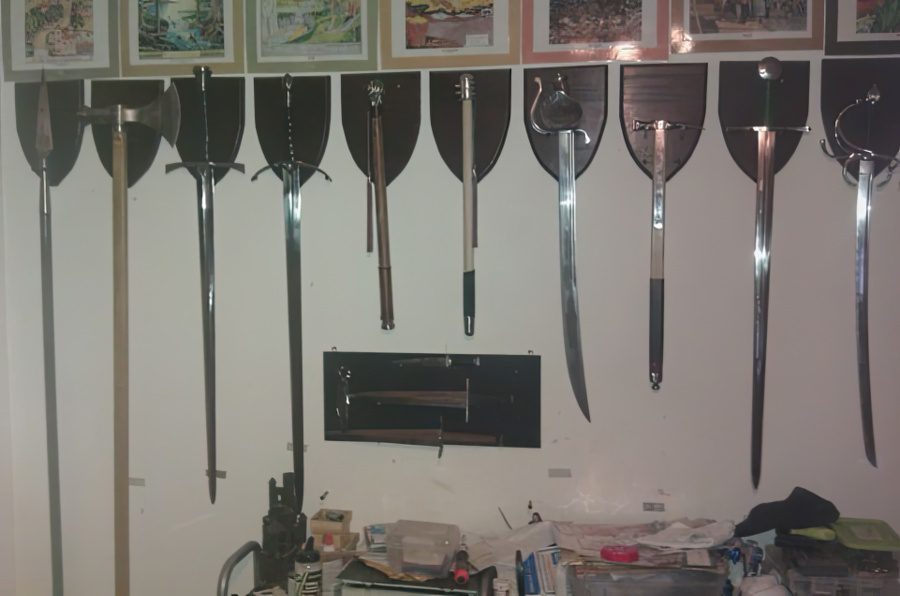
The main difference between a battle ready and a display sword is the steel and sharpening used in the sword’s creation. A Katana sword can often be marked as battle-ready because it was used by the Samurai for battles, but when made out of the wrong steel, it falls into the display sword category.
Wallhanger & Decorative Swords
When a sword is labeled as decorative or a wallhanger, it means that it is intended solely for display and ceremonial purposes. Stainless steel, which is typically used, is more aesthetically pleasing and far less likely to corrode than carbon steel, a common metal used on battle-ready swords.
Not only are they not designed to be used in battle, but even sparring with them can cause the blades to fracture, bend, or break. All blades, including small blades like Tanto or Wakizashi, need to be treated properly and taken care of.
Stage Combat Swords
Swords labeled as stage combat are made to be used in stage and film fights, historical reenactments, LARP, and other situations in which their edges will come into contact with one another. Because there is a significantly different use of theses swords, their design will differ.
Stage combat swords have extra-strong full tangs and thick blades with thick edges. They are not designed to be honed and tend to be heavier than their battle-ready counterparts.
